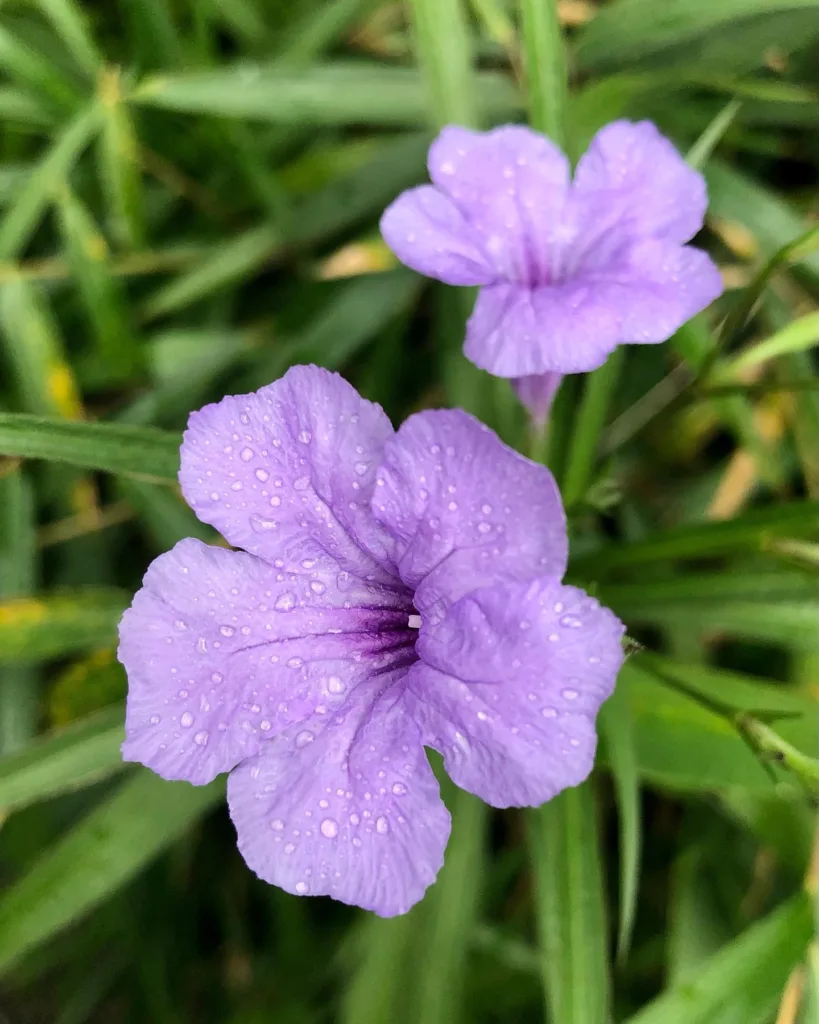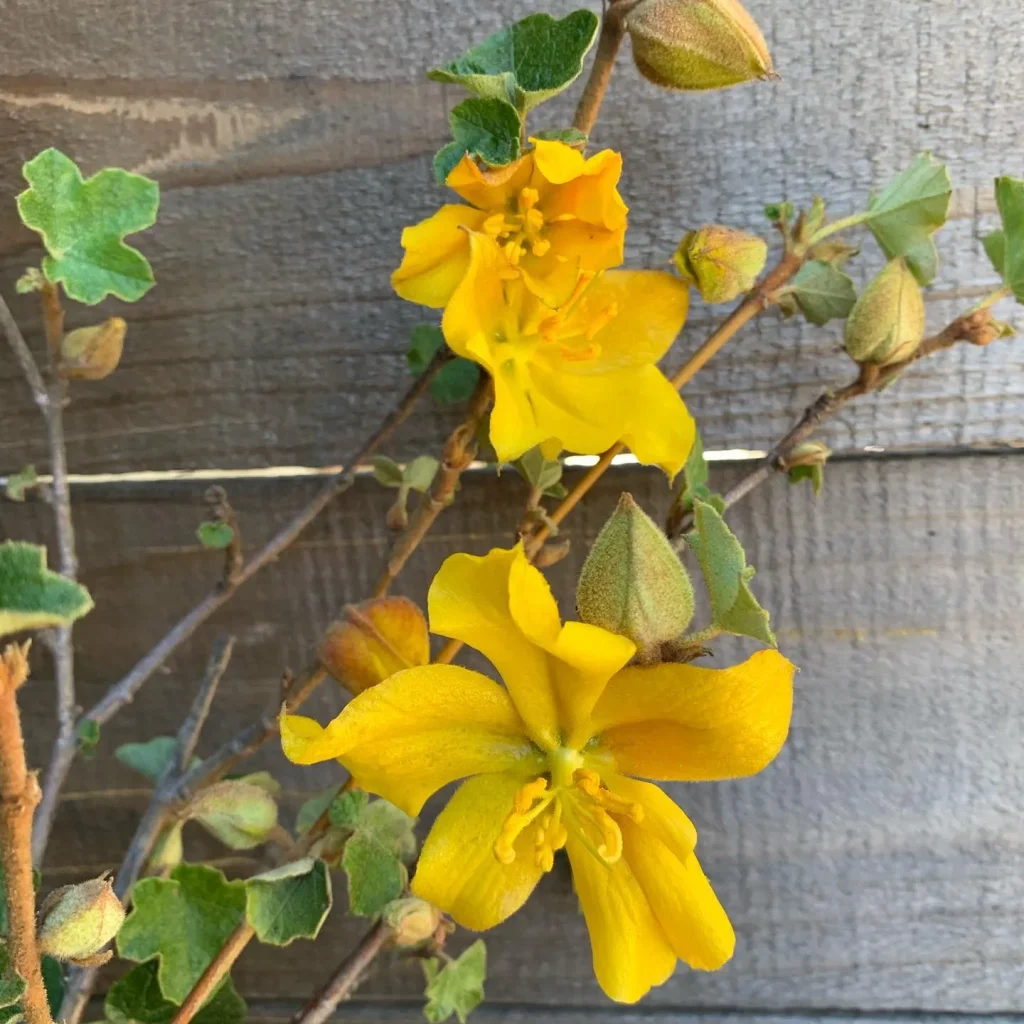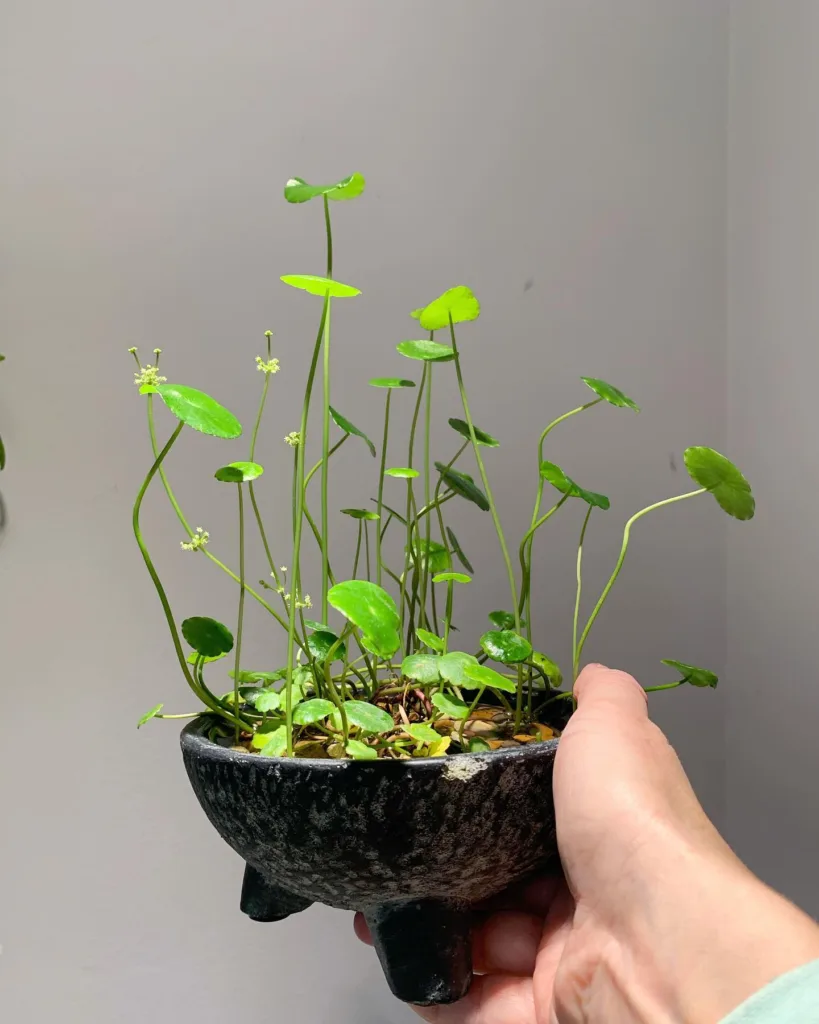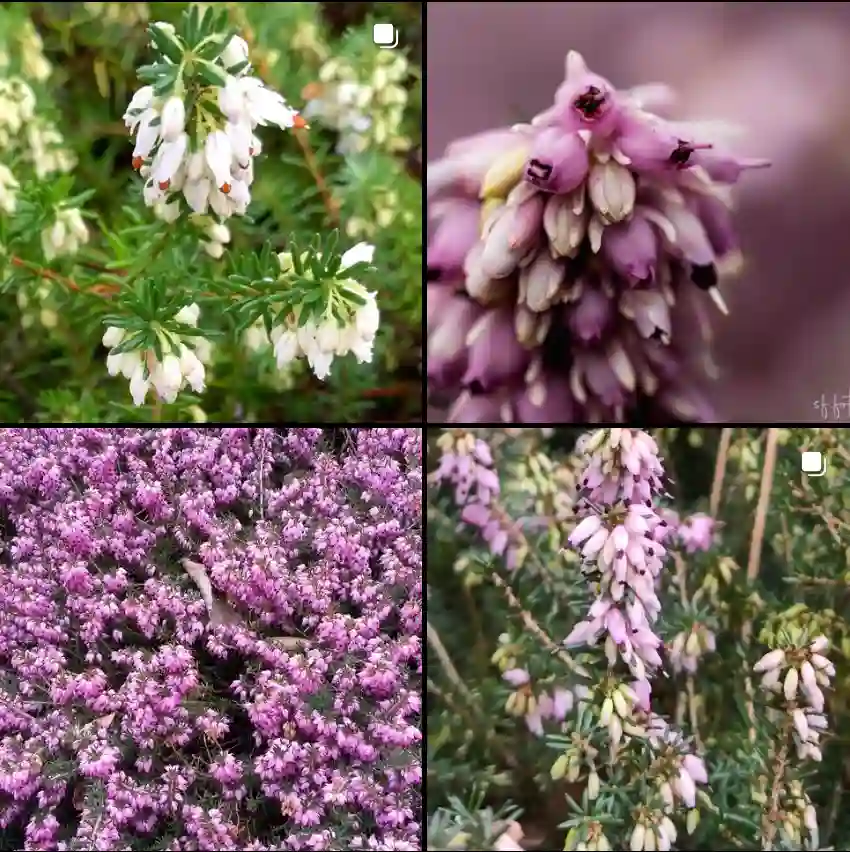Exploring the Alzateaceae Plant Family
The Alzateaceae plant family may not be as widely recognized as some other plant families, but it holds its own unique charm. As I’ve grown more fascinated with different plant families, I’ve found the Alzateaceae to be intriguing in its simplicity and resilience. Though this family consists of only a single genus, Alzatea, its adaptability and ecological significance make it worthy of attention.
Understanding the Alzateaceae Family
The Alzateaceae family belongs to the order Myrtales, a group known for its diversity of flowering plants. Some of the more famous families within this order include Myrtaceae (the myrtle family) and Melastomataceae. However, unlike those families, Alzateaceae is quite limited in its size. It consists of only one genus, Alzatea, with one species, Alzatea verticillata.
Despite its small size, this family is native to a wide range of environments in Central and South America. Specifically, Alzatea verticillata can be found in cloud forests stretching from Costa Rica to Bolivia. These regions, rich in biodiversity, provide the perfect conditions for the survival of this genus, where it plays a significant role in the local ecosystems.
The Genus: Alzatea
Alzatea verticillata
The sole representative of this family, Alzatea verticillata, is a small tree or large shrub that thrives in high-altitude cloud forests. It typically grows up to 10-15 meters tall, which allows it to hold its own alongside other trees in the dense, moisture-rich environments it inhabits. What strikes me most about Alzatea verticillata is its resilience. This plant can survive in humid, low-light conditions, making it a prime example of adaptation.
The leaves of Alzatea verticillata are simple, opposite, and lance-shaped. They have a glossy texture and a deep green hue that contrasts beautifully with the forest’s misty backdrop. The flowers, though small, are delicate and appealing, typically white or pale pink. These flowers are an excellent example of the subtle beauty of cloud forest flora, standing out not for their size or flamboyance but for their refined elegance.
Ecological Role
One thing I appreciate about Alzatea verticillata is how it interacts with its ecosystem. It’s not just a bystander in these cloud forests—it plays an active role in maintaining the ecological balance. The tree provides habitat and food for various species of insects and birds. Its dense foliage offers shelter, while its flowers attract pollinators that help sustain the forest’s biodiversity.
I find it fascinating how plants like Alzatea verticillata support the web of life around them. In a cloud forest, where light is filtered and humidity is high, many species depend on trees and shrubs that can withstand these conditions. Alzatea excels at this, growing steadily in areas that other plants might struggle to survive.
Adaptations of Alzateaceae
When I consider the traits that make Alzatea verticillata stand out, its ability to adapt to its environment comes to mind first. The cloud forests where this plant grows are subject to extreme weather conditions, with constant moisture and relatively low temperatures due to their elevation. For many plants, this would be a challenge, but Alzatea verticillata has evolved to thrive in these circumstances.
The tree’s strong, flexible wood allows it to withstand the sometimes harsh conditions of its habitat, including heavy rainfall and occasional high winds. Its deep green leaves are well-suited to photosynthesis in low light, ensuring the plant gets enough energy even when sunlight is scarce. I see this as a testament to the plant’s remarkable adaptability and evolutionary success.
Importance in Horticulture
While Alzatea verticillata may not be a common feature in commercial horticulture, its unique qualities make it a plant worth considering for anyone interested in cloud forest species or conservation efforts. The fact that it is endemic to such a specific environment also highlights the importance of preserving its native habitats. With deforestation and climate change posing ongoing threats to tropical forests, plants like Alzatea verticillata remind me how crucial it is to protect these ecosystems.
Growing this plant outside its native range can be challenging due to its specific environmental needs, but for those who can replicate cloud forest conditions, it can be an excellent addition to a specialized collection.
Personal Thoughts on Alzateaceae
For me, the Alzateaceae family serves as a reminder of the beauty found in simplicity. Although Alzatea verticillata is the only species in its family, its unique adaptations and ecological contributions make it just as captivating as plants from larger, more diverse families. Its resilience in the face of environmental challenges is something I find inspiring.
The more I learn about plants like Alzatea verticillata, the more I’m reminded of the interconnectedness of nature. Even a single species, when placed in the right environment, can play a critical role in sustaining an entire ecosystem. This, to me, is the true essence of botany—not just the study of plants but the study of how they shape the world around them.
Conclusion
The Alzateaceae family may be small, but it’s rich in significance. With Alzatea verticillata as its sole representative, this family exemplifies adaptation and resilience in tropical cloud forests. Its ability to thrive in these unique environments makes it a valuable part of the ecosystems where it grows.
As a plant enthusiast, I’m constantly on the lookout for species that tell a story of survival and balance. Alzatea verticillata is one such plant, quietly contributing to the rich tapestry of life in its cloud forest home. Exploring the Alzateaceae family has deepened my appreciation for the many ways in which plants shape and sustain the natural world.
If i die, water my plants!



